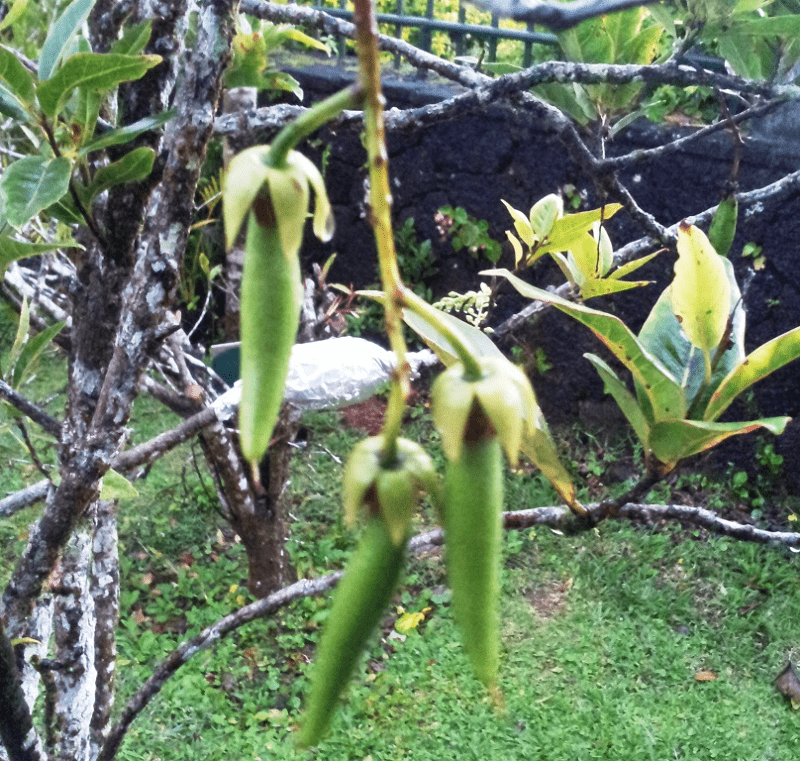
Bois Dentelle Facts
- The somewhat poetic term of Bois Dentelle serves as the generally accepted term for an exceedingly beautiful variety of tree. Quite unfortunately, this marvel of Nature also qualifies as one of the rarest known species of tree in the entire world.
- Also bearing the truly cumbersome scientific name of the Elaeocarpus Bojeri, only 10 known specimens exist in the wild. Attempts to preserve the species by growing them in greenhouses, from seeds taken from them, remain ongoing.
- For the moment, however, success in this endeavor continues to extremely limited, with large-scale success eluding botanists. Thankfully, though, the few remaining specimens in the wild now enjoy a certain measure of protection.
- This occurs because their habitat now qualifies as both a religious site and an environmental refuge. The situation nonetheless remains incredibly worrisome for those who appreciate and value these beautiful works of Nature.
- Quite understandably, the IUCN currently lists the beautiful Bois Dentelle as Critically Threatened on its Red List of Threatened Species. In its specific case, the plant faces extreme peril from the dual threats of habitat loss and climate change.
Related Articles
Bois Dentelle Physical Description
Given that it also bears the common name of Lace Wood, the physical characteristics of the visually stunning Bois Dentelle come as no surprise. That particular term derives from the very delicate, lace-like patterns of the gorgeous flowers it produces.
The breathtaking tree also represents a tropical perennial that attains a comparatively moderate height of only 20 ft (6 m). The same flowers have become famous around the world for their frilled edges and delicate beauty, making its potential loss even more tragic.
In color, the gentle blooms of the marvelous Bois Dentelle typically display a gorgeous bright white, though a few may be a tan or cream in color. These same flowers also grow quite long, have a bell shape, and exist in copious quantities within large clusters.
- Kingdom: Plantae
- Phylum: Angiosperms
- Class: Eudicots
- Order: Oxalidales
- Family: Elaeocarpaceae
- Genus: Elaeocarpus
- Species: E.bojeri
Bois Dentelle Distribution, Habitat, and Ecology
Since only a tiny handful of specimens of the magnificent Bois Dentelle still survive in the wild, its endemic range obviously remains incredibly limited. For the moment, it also remains unknown if that natural range ever extended much beyond what it inhabits now.
More precisely, this tragically rare plant only appears on one small hillside on the island of Mauritius, off the coast of Africa. Although its not known if it’s an indicator of a requirement or not, this area also happens to lie within the confines of the cloud forest on the island.
Appearing as it does, on that single hilltop, which bears the name of the Piton Grand Bassin, this lovely tree struggles to survive. Once pollination has been achieved, the magnificent lacy blossoms generally appear between the months of July to September.
Quite lamentably, its own natural habitat has been almost completely overtaken by several invasive species. These mainly include commercially viable plants, such as the guava, and a variety of evergreen shrub named the Litsea monopetala.
Species Sharing Its Range
Check out our other articles on Bristlecone Pine, Bosnian Pine, Hummingbird Fuchsia, Bleeding Heart Vine, Serval, Snowdonia Hawkweed, 5 Incredibly Wonderful Trees, Gila Monster
